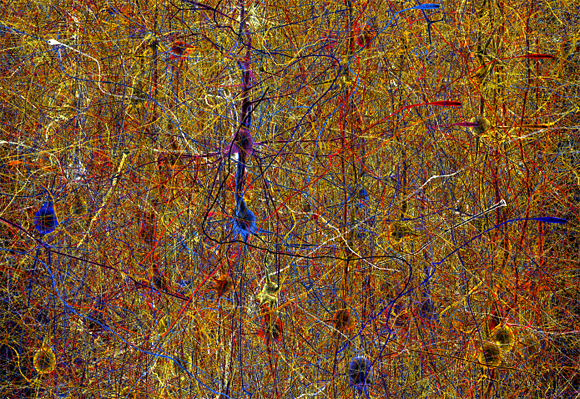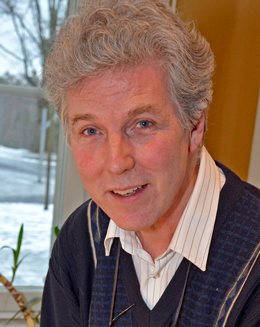KTH researchers part of international brain project
EU Commission announces funding for Human Brain Project
Research News
Brain simulations are not new to KTH researcher Anders Lansner; but the EU-funded Human Brain Project is an entirely different matter, the computer science professor says.

KTH Royal Institute of Technology is one of 87 institutions participating in an international project to imitate the human brain, which will receive about €1 billion in funding, the EU Commission announced today.
“This is no ordinary brain research project,” says Anders Lansner, a professor of computer science at KTH, and one of the researchers from KTH participating in HPB. “This is IT-intensive research involving fewer experimentalists and neuroscientists than would typically be involved in brain research.”
The Human Brain Project (HPB) aims to simulate the cells, chemistry and connectivity of the brain in a supercomputer, in order to understand the brain’s architecture, organisation, functions and development. The research will enable scientists to find new treatments for brain disease as well as develop supercomputing technologies modeled on human intelligence. The HBP is one of two final Framework 7 projects the EU Commission will fund.

Also involved from KTH are researchers Jeanette Hellgren Kotaleski and Erwin Laure.
Lansner has worked with brain simulations since the 1980s. But these were small-scale, with a few thousand neurons. The HPB by contrast focuses on the entire human brain, aiming to create a full-scale, detailed model of the brain through “massively parallel computing” by 2023.
The medical and technology benefits of HBP research are expected to be significant.
“One of the goals is of course to understand how the healthy brain works,” says Lansner. “By doing so, we can develop and design better computers. Get them to imitate the brain. Although not everyone is convinced, it is my firm belief that many future computers will be structured similarly to the brain.”
Such supercomputing techniques could revolutionize robotics and make possible artificial intelligence and machine learning. For example, computers could mimic the brain's capacity for multilingualism, and translate between two languages in real-time.
Also, by simulating different brain disorders, the project will clearly advance medical research. Brain disorders and neurodegenerative diseases account for a high cost of health care, on a par with cancer, Lansner says.
He says that an important part of the research is also to visualise how the brain work, which will require supercomputers as well as the skills and competence contributed by KTH researchers.
The HBP will be led by École Polytechnique Fédérale de Lausanne in Switzerland. Other partner institutions include Sweden’s Karolinska Institute, Heidelberg University in Germany, Aalto University in Finland, UCLA and Yale in the U.S., and Cambridge University in the U.K. Business partners include SAP and IBM.
For more information visit http://www.humanbrainproject.eu or contact Anders Lansner at +46 (0) 8 790 62 10, or ala@kth.se.

